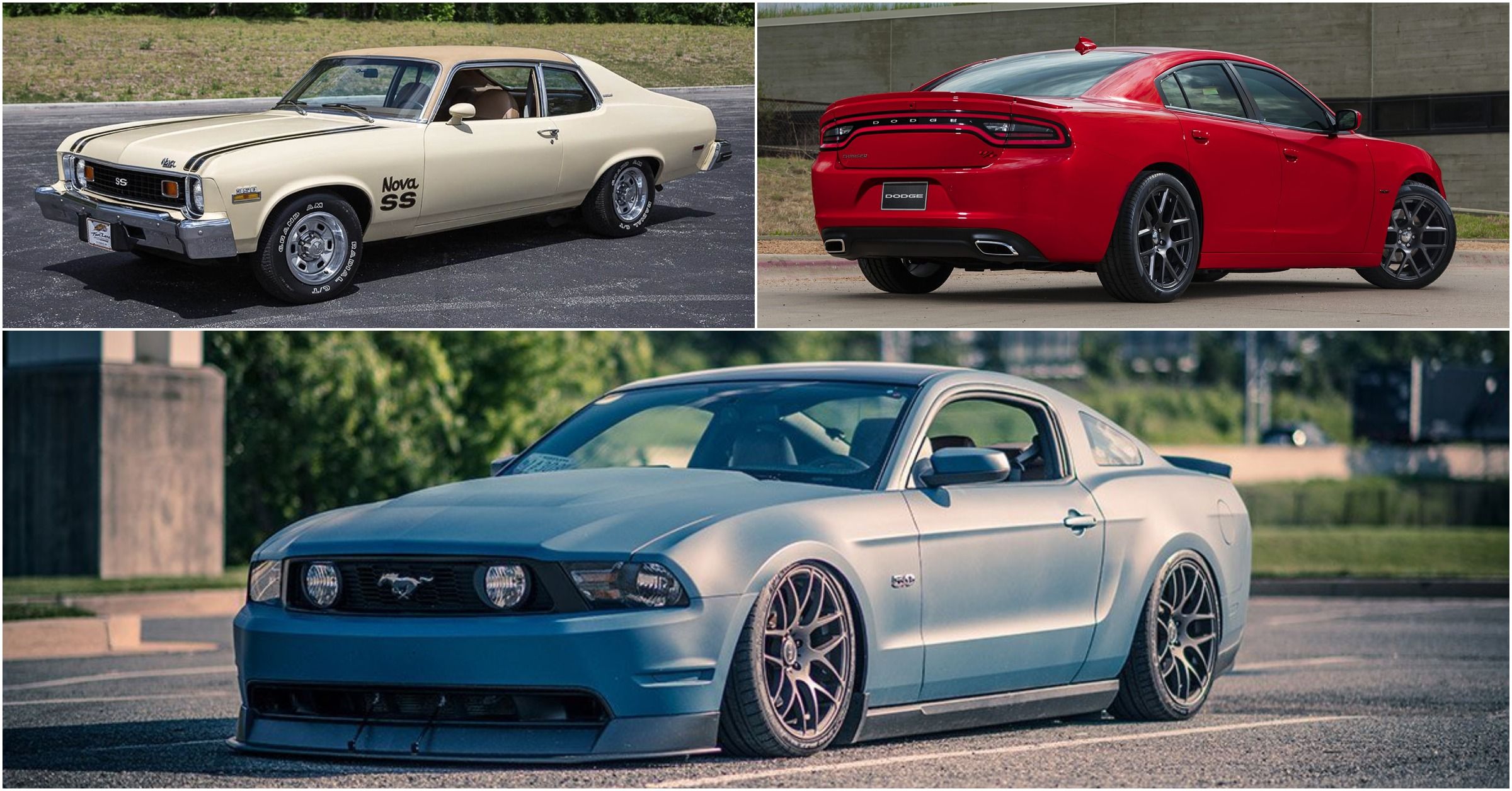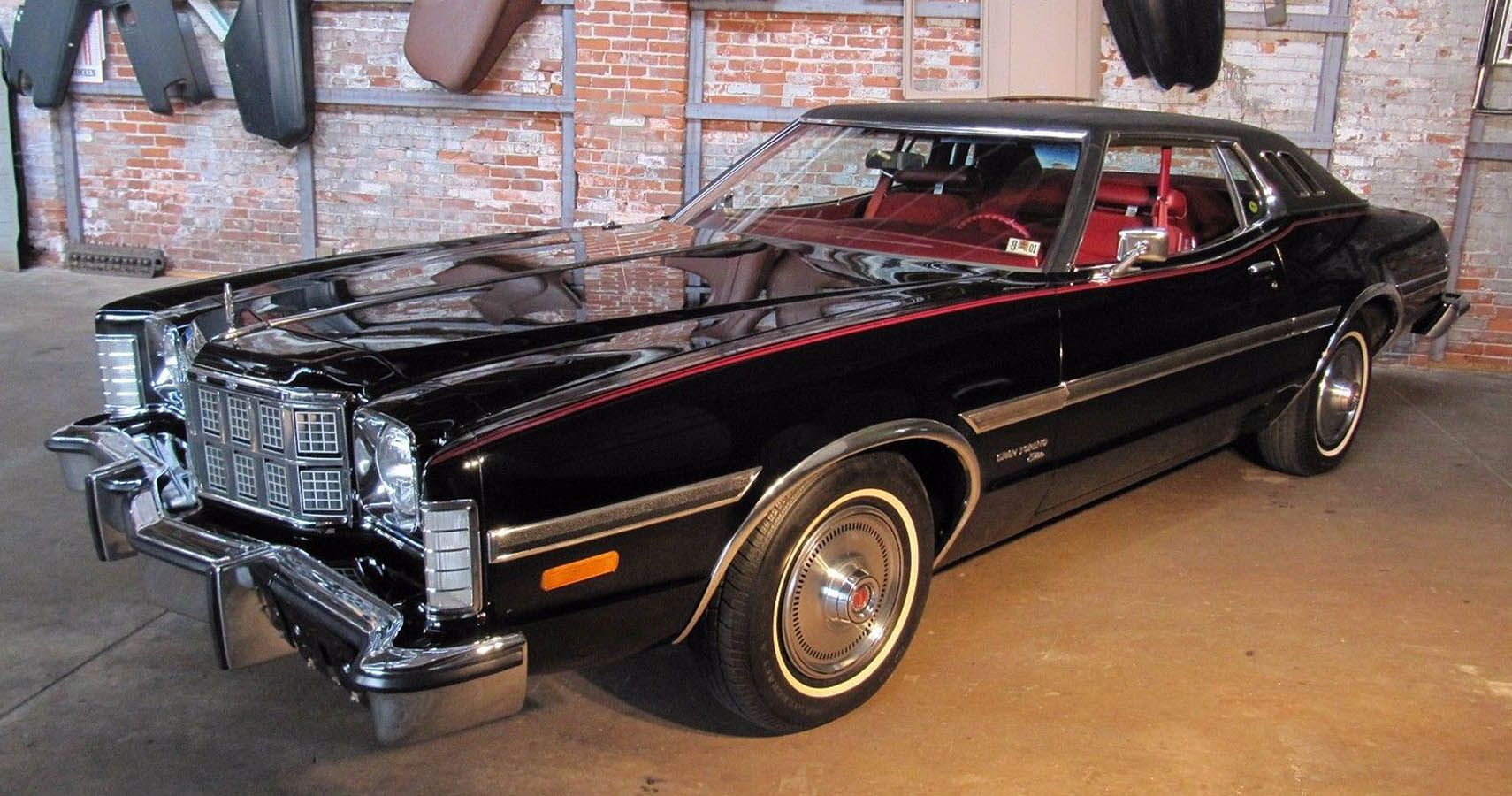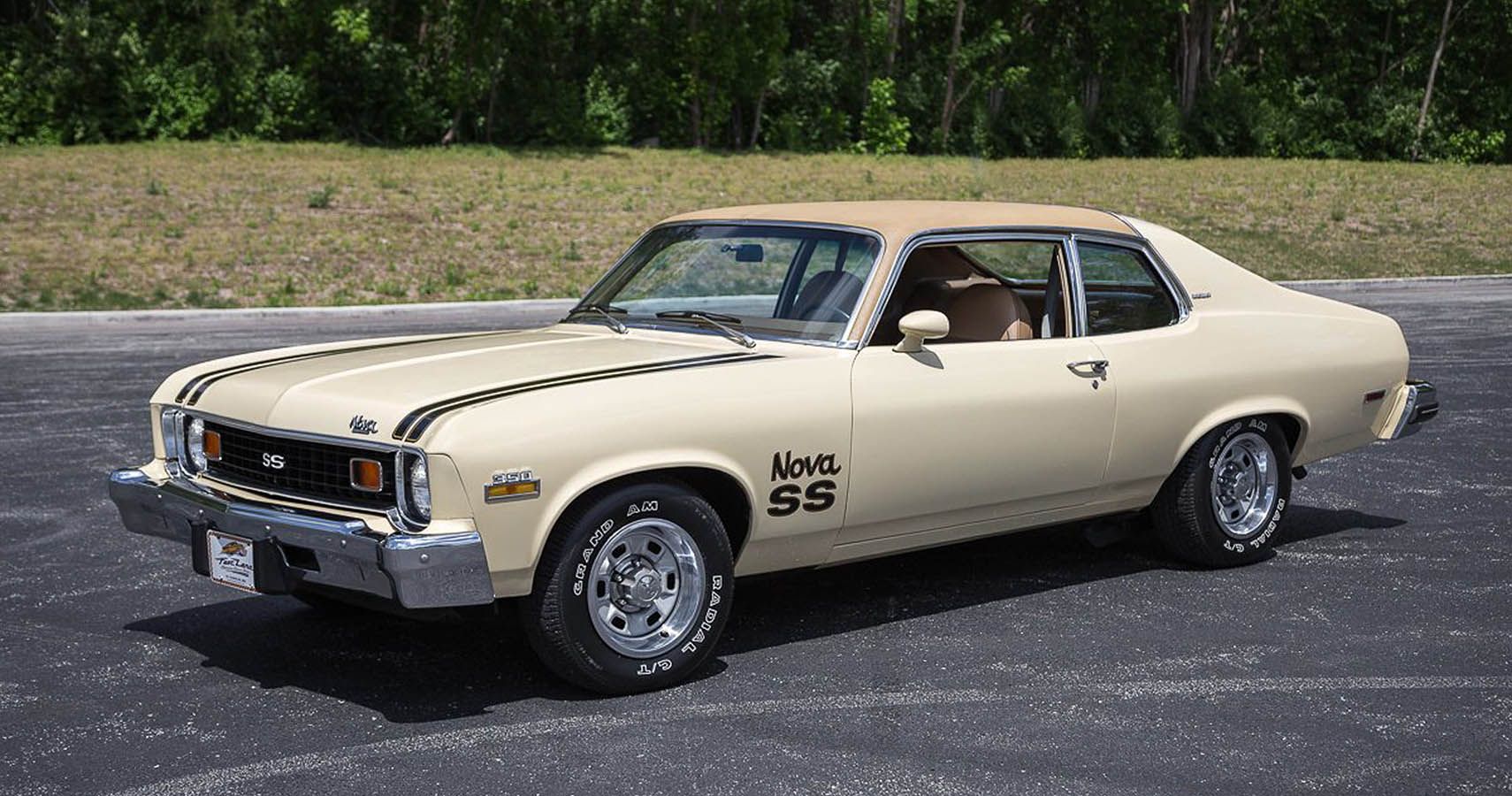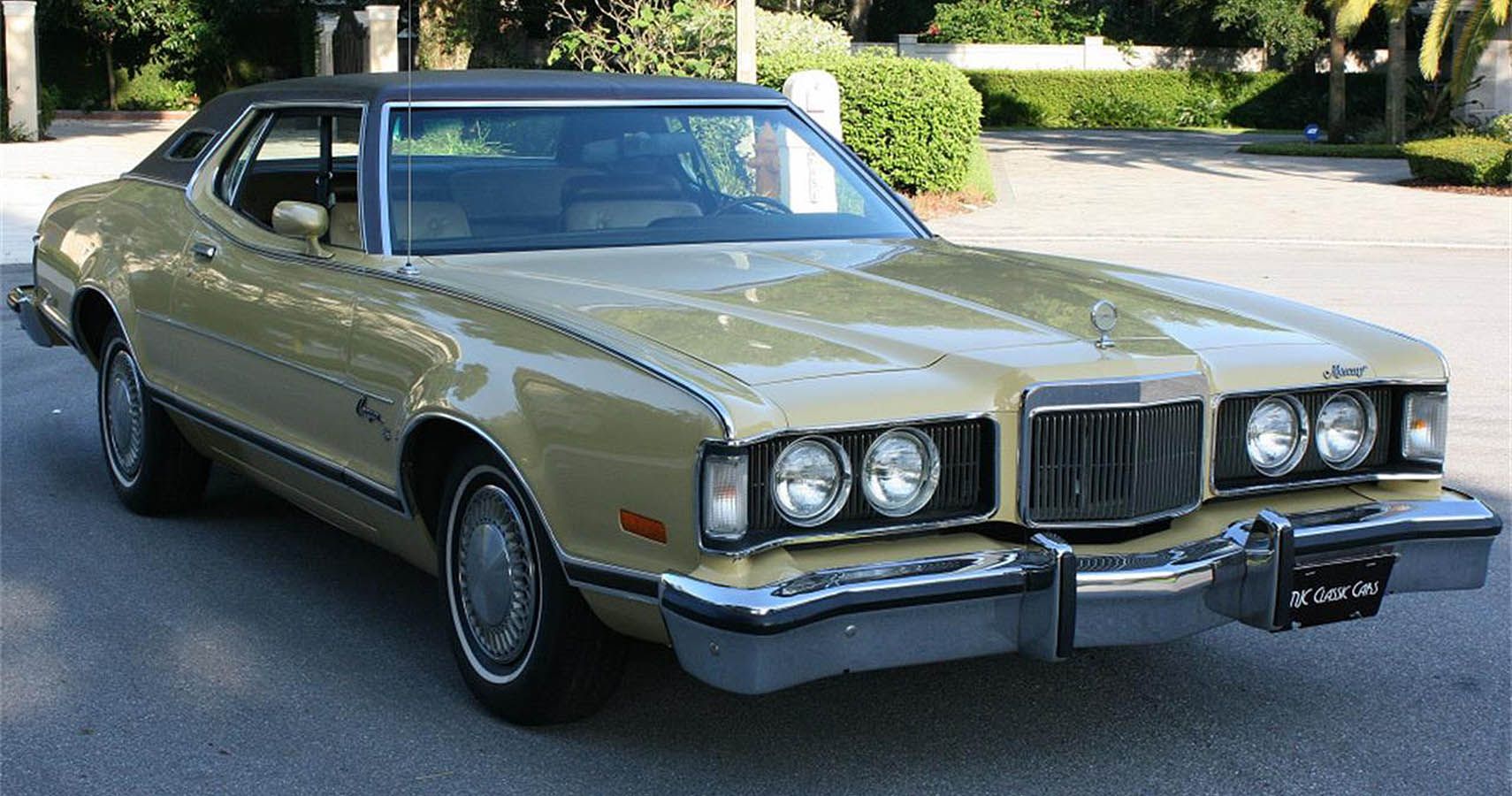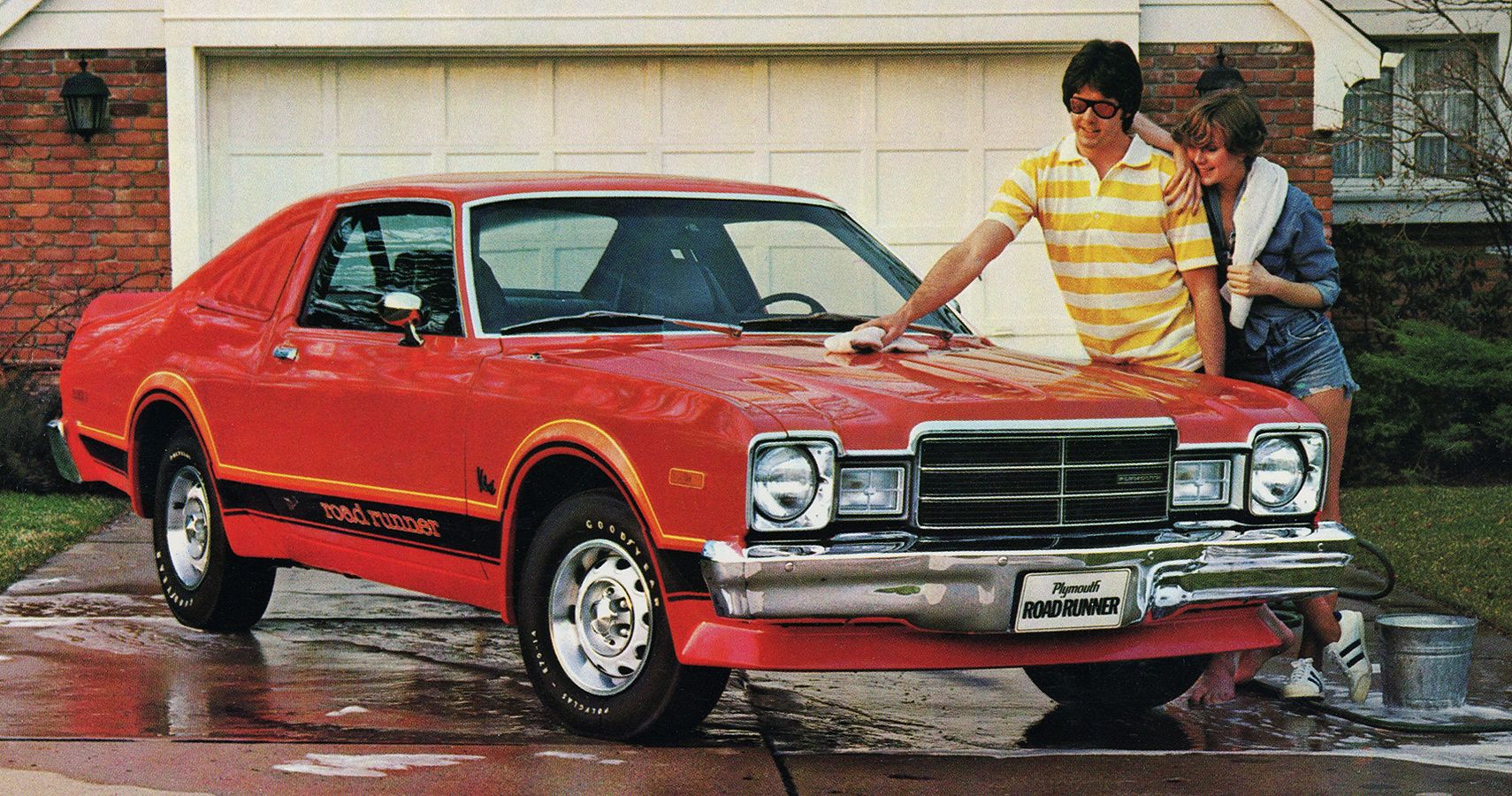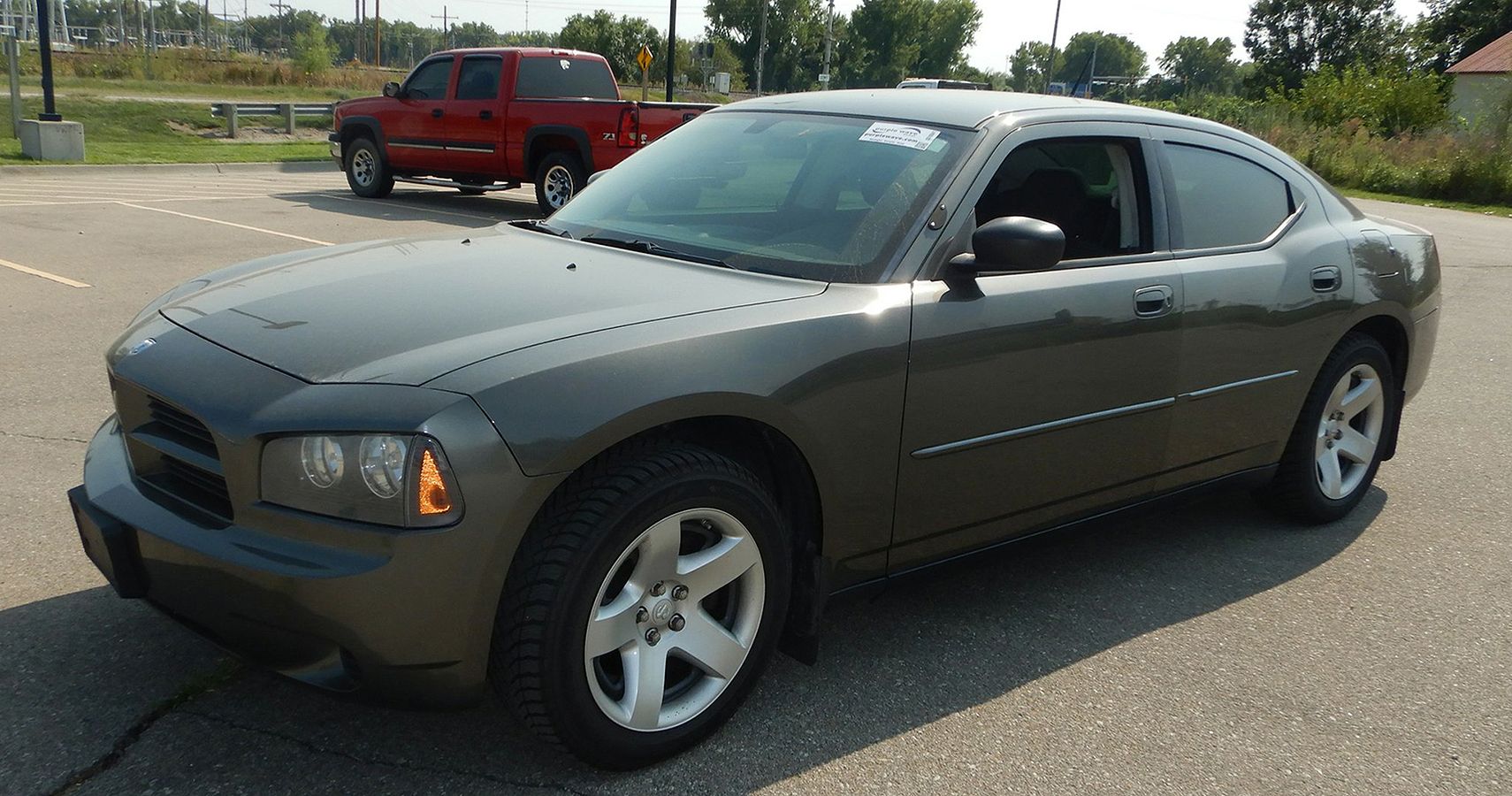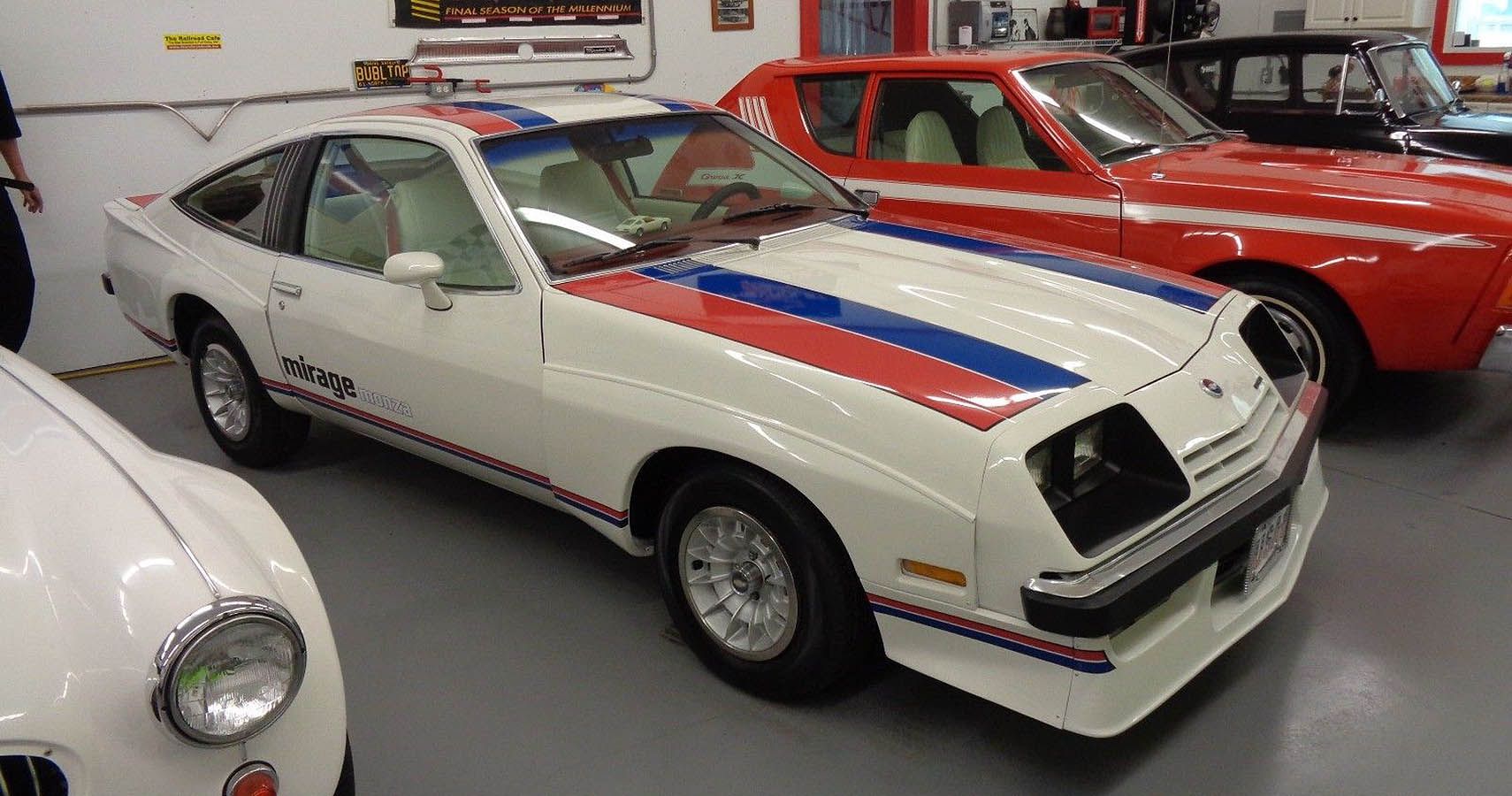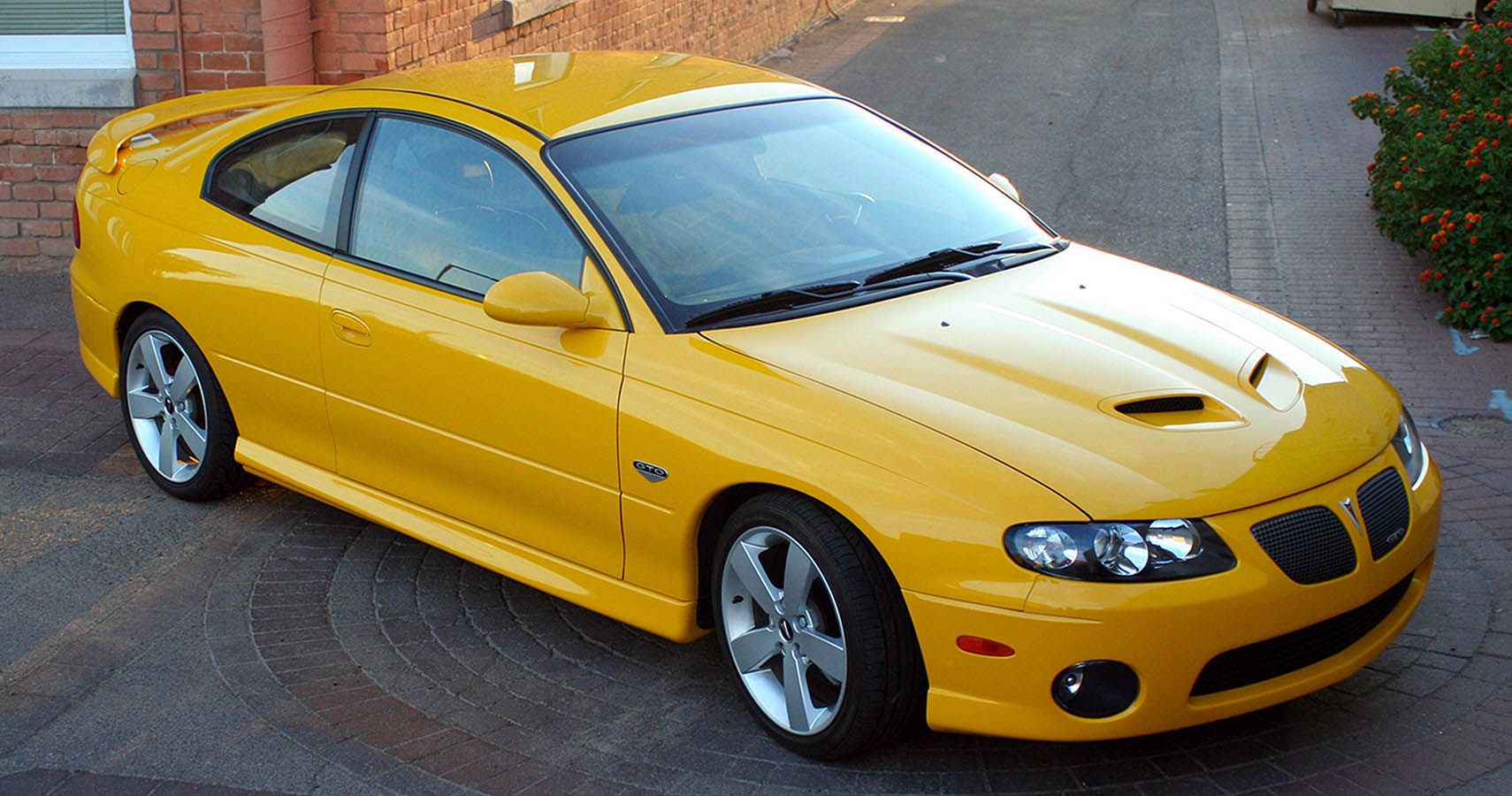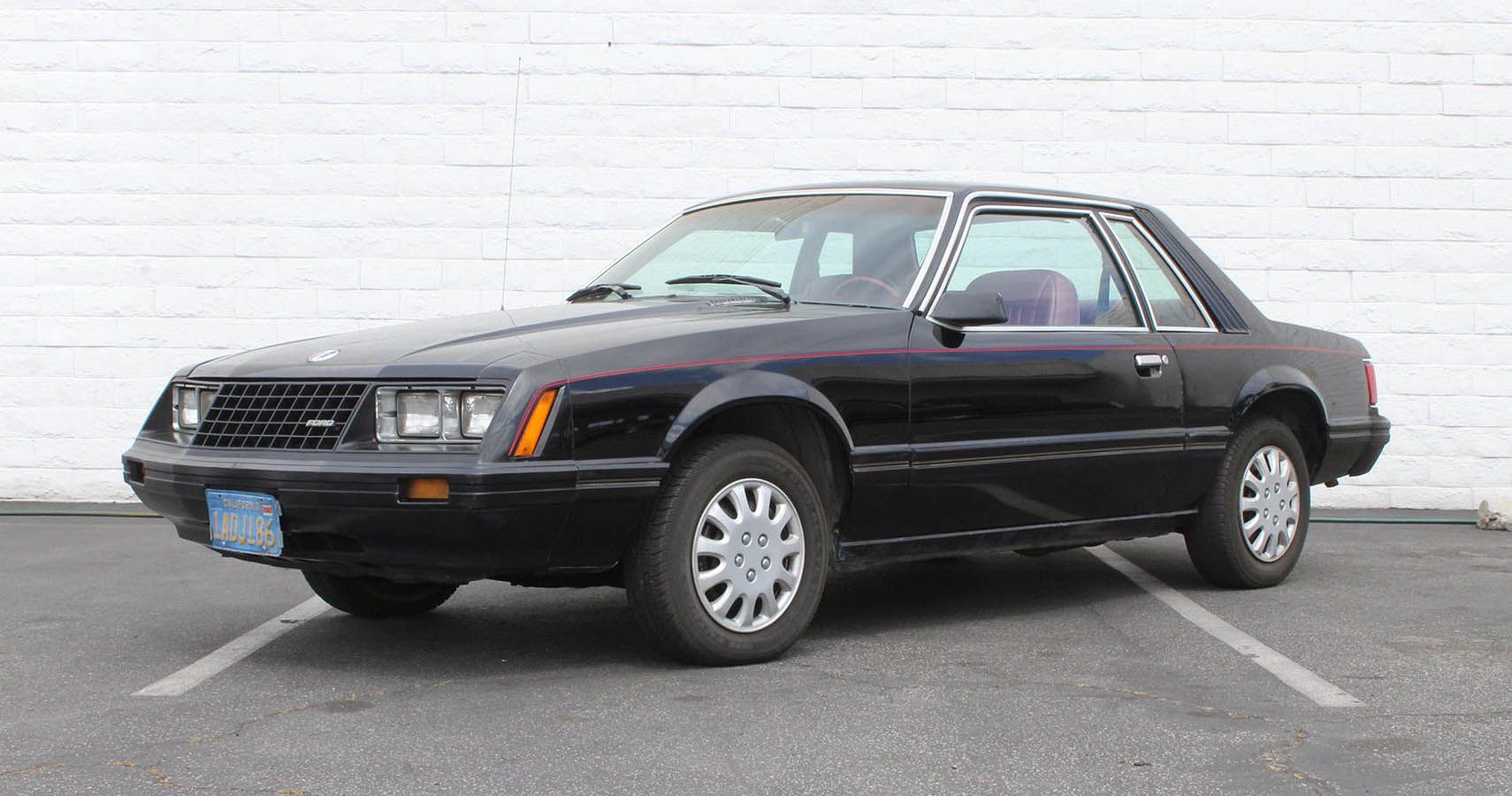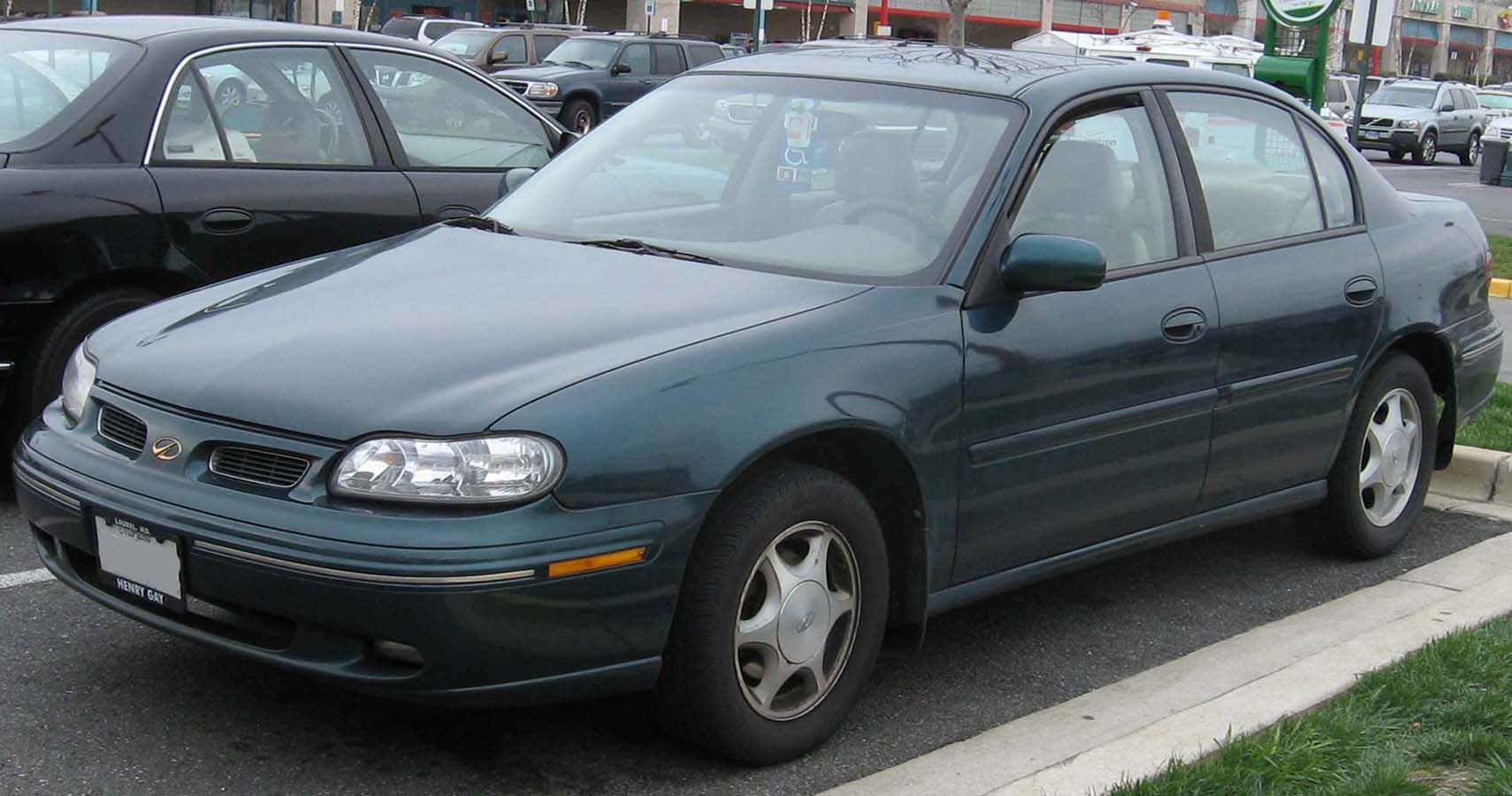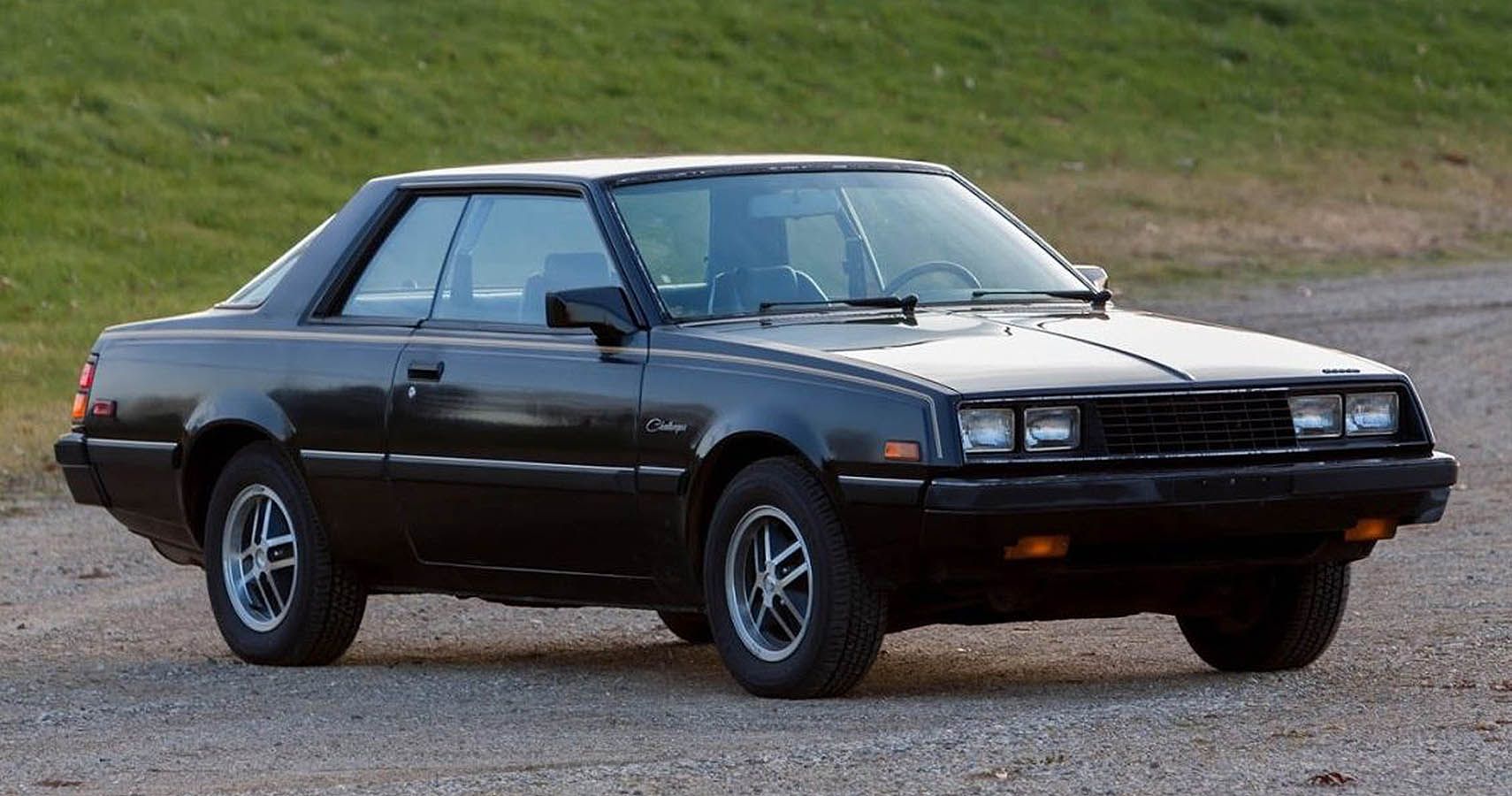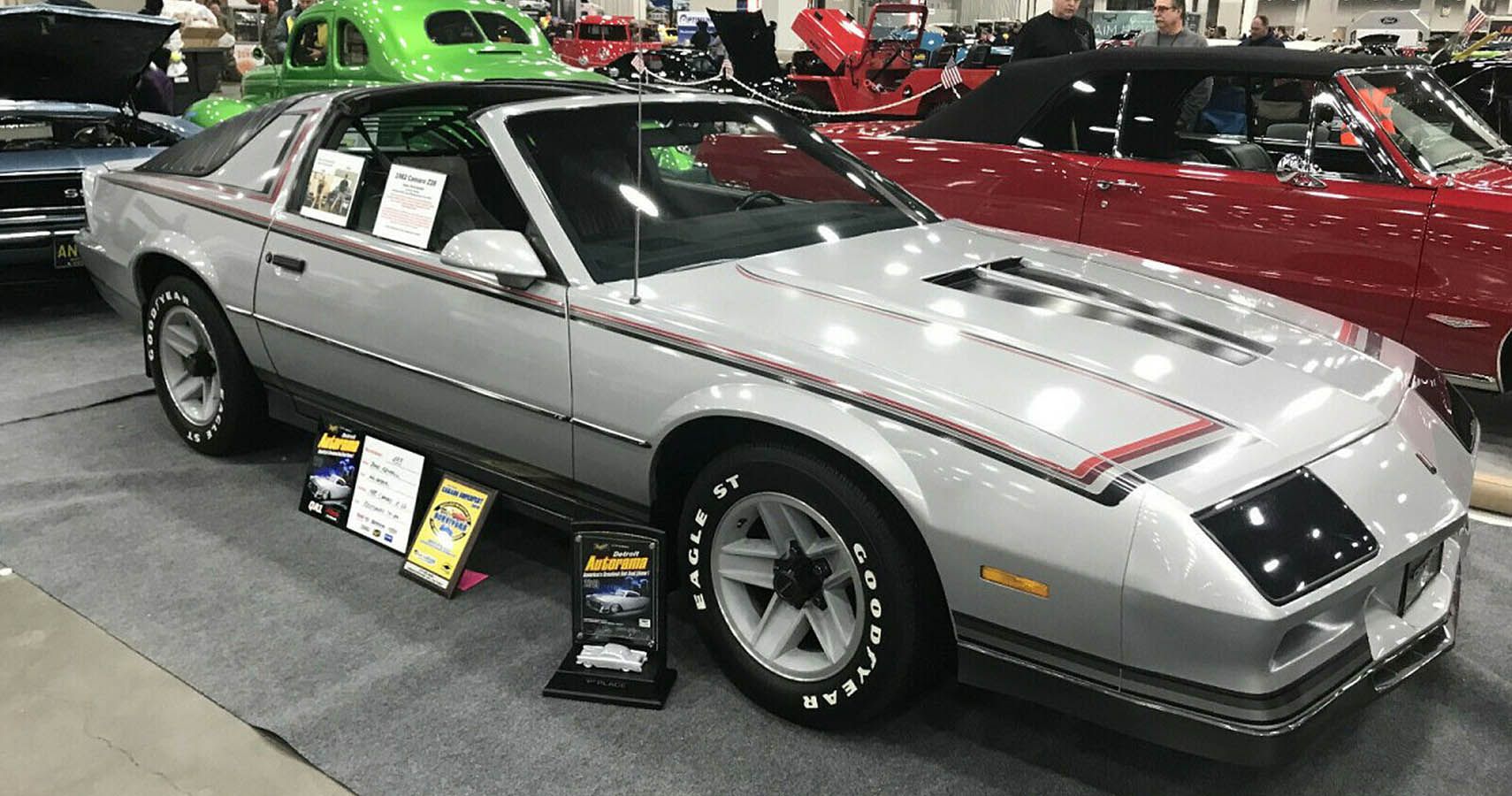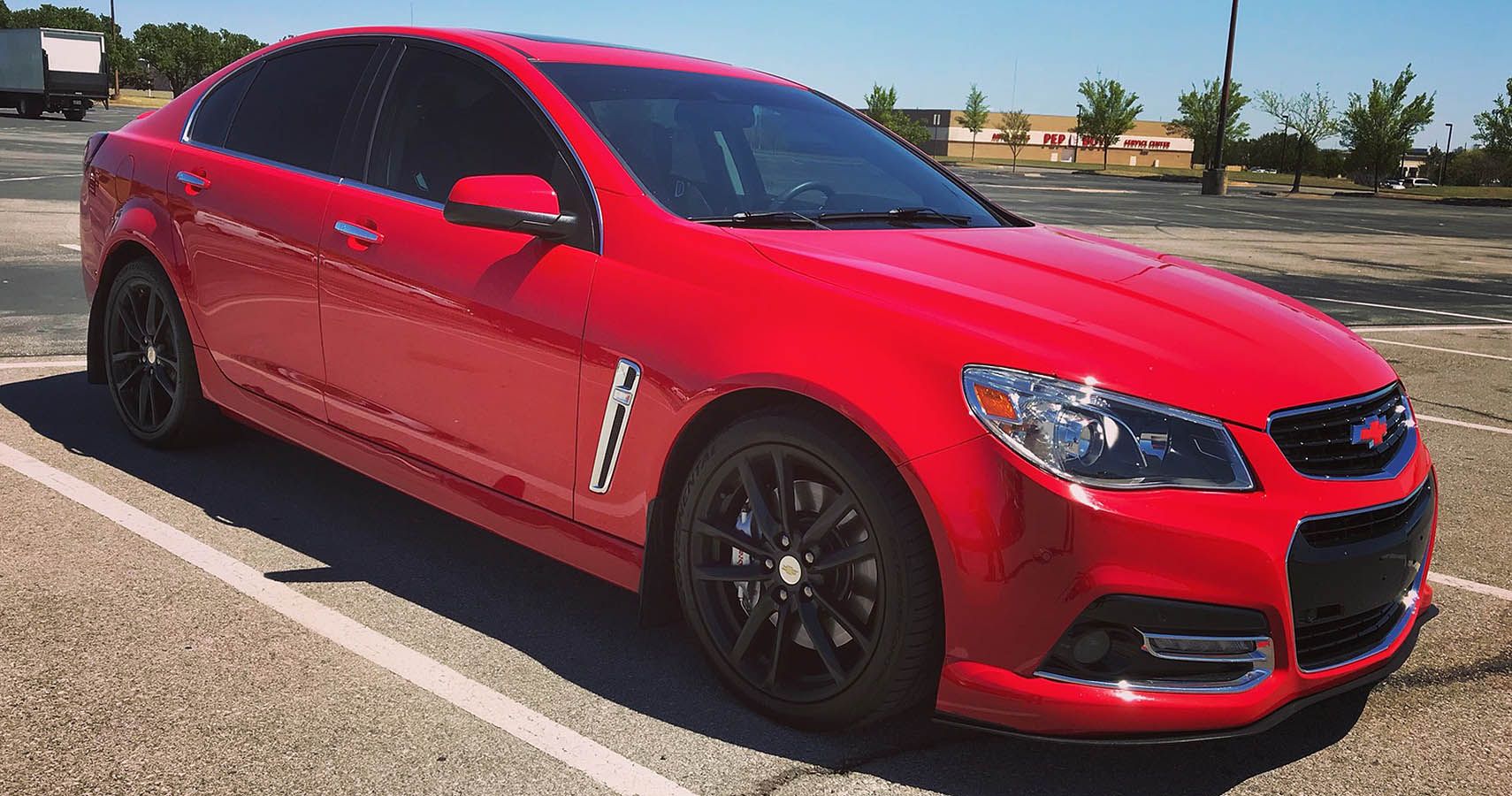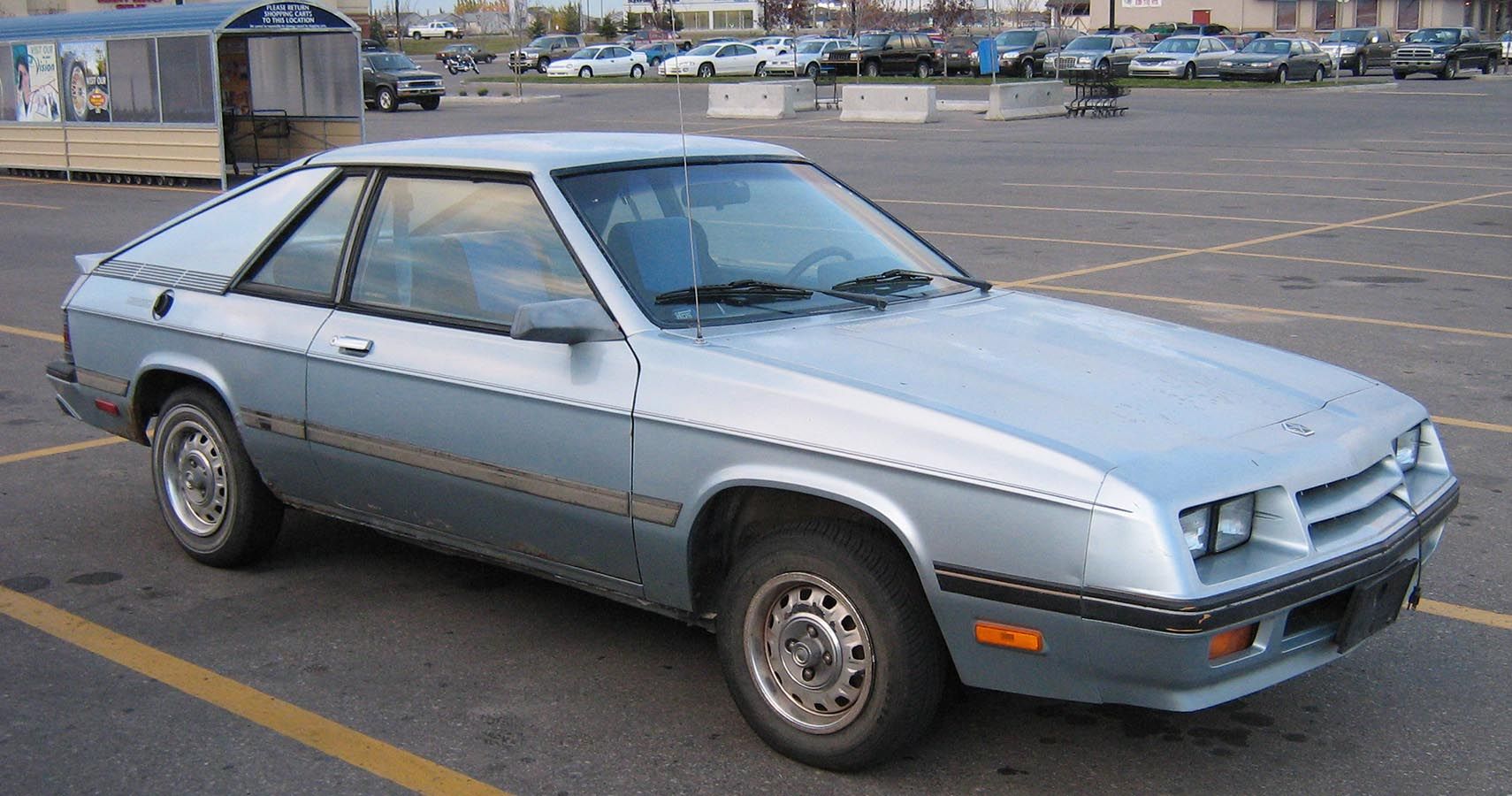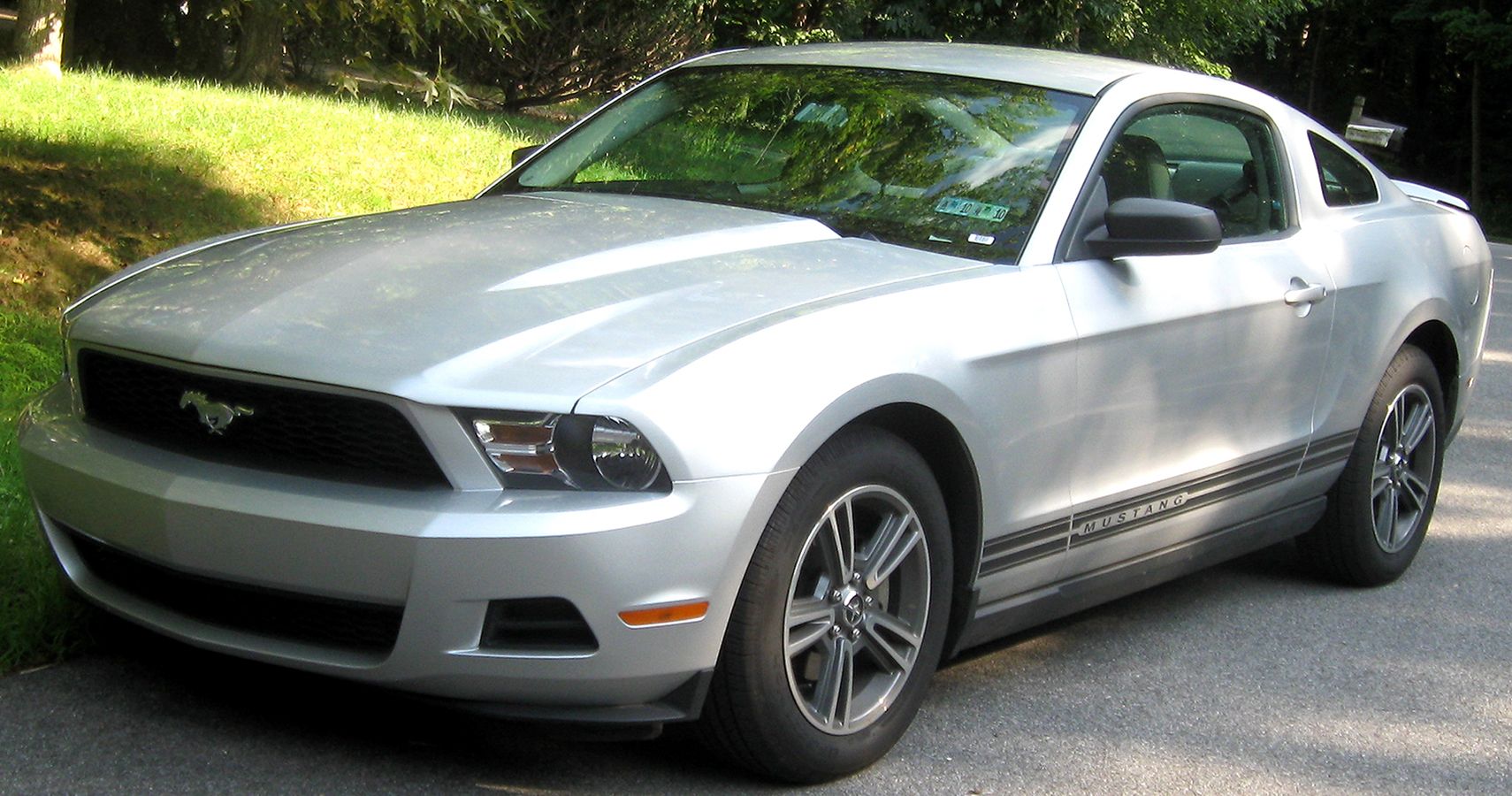The muscle car mania was in its prime in the ‘60s, but the emission control and the oil crisis of the ‘70s squeezed the life out of it. Many of the successful muscle cars of the ‘60s either hung up their laurels in the mid-‘70s or ended up as underpowered versions of themselves.
Some muscle cars, like the Ford Mustang, lost power but gained in sales because they tweaked the image of the car to become more luxury-oriented. Others, like the Pontiac GTO and the Dodge Challenger, retired and revived later, with varying amounts of success.
Many of the muscle cars that were launched or tweaked post the mid-'70s will never be mentioned alongside the greats, even though earlier or later generations of the same nameplates are highly prized collectibles today.
So, here are 15 American muscle cars that nobody wants to be associated with, despite their nameplates and legacy. Sometimes, a car is just a bad egg, right?
15 1974-1976 Ford Torino: Big Car But Malaise-Stricken
The Ford Torino came into the world in 1968, and they were big cars from the start, but also came with big enough engines to keep them in motion. By 1974, emission norms tightened and needed catalytic converters to be installed in cars, which reduced air pressure, and accordingly, horsepower. The 260 horses from the 7.5-liter V8 were less than adequate, so the Torino retired.
14 1973-1974 Chevrolet Nova SS: More Of A Trim Than Power
The Chevy II, later dubbed the Chevy Nova, began its life in 1965 as a pony car, small and powerful. The Yenko Novas were the true muscle cars of the ‘70s, as was the Chevrolet SS (SuperSport). The Chevy Nova SS of 1973-1974 was just a $123 trim, with some stripes and color changes. The engine remained the same starved one, but since it was subcompact and drank less fuel, it sold well.
13 1974-1976 Mercury Cougar: Bigger, Broader, But Not Better
The Cougar was introduced in 1967 and was supposed to be what the ‘Stang was to Ford, though later it started to deviate towards the Torino and the Thunderbird in size and luxury. By 1974, the Mercury Cougar was enlarging and getting heavier, and yet its engines were being cut off from power because of catalytic converters. The result was a car that looked great, sold well but was a dud under the hood.
12 1976-1980 Plymouth Volare Road Runner: The Fake Muscle Car
The original 1968 Plymouth Road Runner was a bare-boned, stripped-down muscle car that did not even come with a carpet, and made 425 horses with a 7.0-liter HEMI V8. By 1976, the Road Runner had become a trim on the small-sized, weak-engined, leak-prone and rust bucket of a car called the Plymouth Volare (also sold as the Dodge Aspen). The 175-196 horses it made were a sad torment.
11 2006-2010 Dodge Charger SE: Let Down By That Weak Engine
The Dodge Charger entered its sixth and best-looking generation, and the better-powered trims like the SRT8 and the R/T were pretty great. The base trim, the SE, was truly awful though, with a 2.7-liter V6 that made 190 horses and came paired with an equally horrid four-speed automatic transmission. For a car that looks this muscular, it drove like an unreliable sedan.
10 1977 Chevrolet Monza Mirage: Just A Body Trim
The Chevrolet Monza was supposed to come with a rotary engine from Mazda, which could have turned it into a legend that beat the Miata. Sadly, the deal fell through, and so did the Monza’s destiny. Despite the good looks, the Monza came equipped with weak and ineffective engines. The Monza Mirage was just a sporty body trim, with no change to the engines, that made 105-145 horses.
9 2004-2006 Pontiac GTO: Sadly, The End Of The Goat
Most of us remember the Pontiac GTO, the Goat, with reverence. It was one of the coolest muscle cars ever, completely undermined by the fifth generation, a rebadged Holden Monaro with nostrils-like air scoops on the hood. While the engine could make up to 400 horses, the looks were boring and so unlike a GTO, plus the price was simply too much for it to sell well.
8 1979-1980 Oldsmobile 442: Reduced To A Powerless Trim
First, it began life as a Cutlass trim, then became a nameplate spawning the Hurst Olds, and finally became a trim again. The Oldsmobile 442 lasted between 1964 and 1980, and the last two years were its worst. A downsized Cutlass, it made 170 horses and 250 lb-ft of torque and was one of the worst looking and weak powered 442s of all times.
7 1979-1993 Ford Mustangs: Fox-Bodied Fails
You cannot just churn out a single platform for the Mustang, the Fairmont and the Probe, and expect the Mustang to still stand out. Engines ranged between the 88 horsepower disaster to the so-called 5.0, which made a grand 140 horses and dragged the Mustang’s legacy through the mud. They still sold though, but this is not the classic you want.
6 1997-1999 Oldsmobile Cutlass: A Mid-Sized End To A Big Legacy
The Oldsmobile Cutlass has been a well-selling nameplate for Oldsmobile, since its inception in 1961. While it was always more of a personal luxury vehicle, the V8s in it did make it a muscle car option for the rich and the famous. But the very last generation of the Cutlass that debuted in 1997 only offered up a rebadged Chevrolet Malibu. It lost all its power and glory and killed the nameplate for good, making way for the Oldsmobile Alero.
5 1978-1983 Dodge Challenger: Offered No Challenge At All
Unlike the muscle car of the ‘60s and ‘70s, and even the one today, the second-generation of the Dodge Challenger was a rebadged Mitsubishi Galant Lambda Coupe and was also sold as the Plymouth Sapporo. There was nothing “muscular” about the car, with an output of 77-105 horses. It looked boring to boot, so the later addition of the 2.6-liter HEMI engine could not save it either.
4 1982-1985 Chevrolet Camaro: The Iron Duke Engine That Duped Us All
The third generation of the Chevrolet Camaro was a lot lighter than the one before. Even so, putting an inline-four engine in it and dubbing it the Iron Duke did not do it or its output any favors. It made all of 90 horses, and while V6 and V8 options were there for people to pay up and buy, the base engine was one huge fiasco.
3 2014-2017 Chevrolet SS: Hurts The Wallet And The Eyes
Muscle cars need to look like muscle cars, and this is where the Chevrolet SS erred big time. A rebadged Holden Commodore, the car and the engines and even the power was great, but the styling was completely off. The best you could call this car would be a sleeper – it did not look as capable as it was under the hood, considering the engines ranged from 248 to 408 horses.
2 1982-1987 Dodge Charger: When The Charger Was An Omni Trim
This is how you nearly kill a nameplate. The L-Body Dodge Omni, and its mechanical twin the Plymouth Turismo, weren’t the best cars around with a 70-horsepower inline-four from Volkswagen. The Dodge Omni Charger, in comparison, made 84 horses with a 2.2-liter Chrysler inline-four engine. No great shakes, and by 1983, the Dodge Omni 024 was renamed the Dodge Charger, with a 1.6-liter engine instead. Sigh.
1 2010 Ford Mustang: Catfished By The Next Year’s Engines
The 2010 Mustang was redesigned, though it remained part of the 2004-2014 fifth generation. While the 2010 model looked better than ever, it was offset by the same aging engines the Mustang carried from 2004-2009. In 2011, Mustang got an engine upgrade as well, so all the 73,000+ people who bought the 2010 Mustang must have felt majorly let down because the new engine made 100 more horses!

